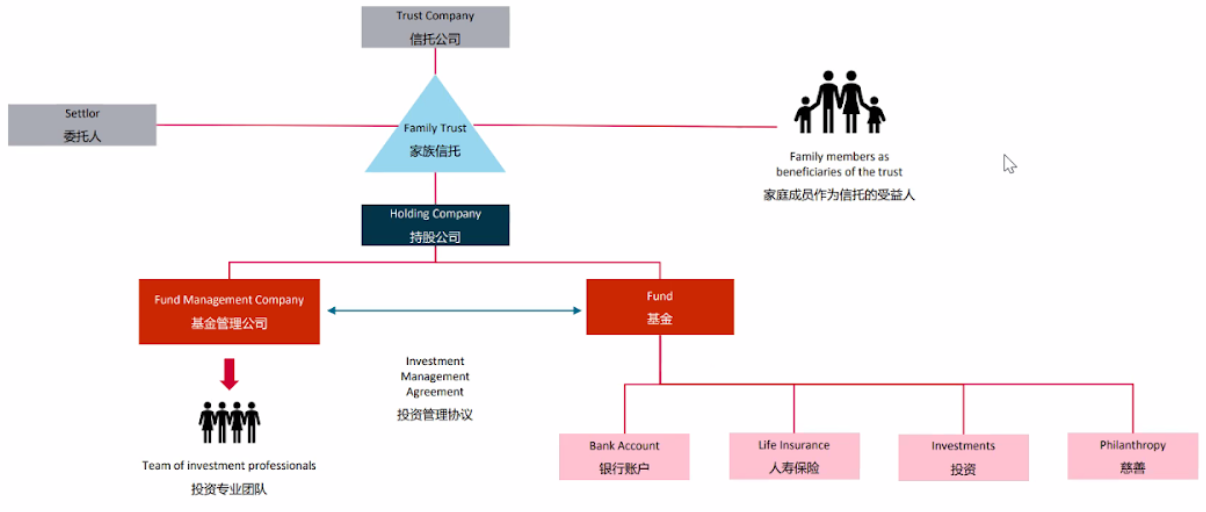F&B sector battered by exits in 2017
F&B sector battered by exits in 2017
May 15, 2018
A whirlwind of restaurants caved under mounting competition from international brands.
In the event that there is anything that Hong Kongers are getting used to, it is the pain of seeing their newest most loved eating spot close up shop. From the vegetarian-and-vegan havens HOME – Eat to Live and Maya, to the rooftop pizzeria 3/3rds, to the NEO Cocktail Club, there has been a pack of closures in the F&B part, which represented 16.37% of total private sector vacancies in December 2017, the highest of any segment, government data showed.
This implied the F&B sector racked up 12,120 vacancies of 74,040 enlisted at year’s end. By correlation, the retail exchange posted the second-most elevated rate of vacancy at 7,800, or 10.53% of the aggregate, professional business services at 7,020 (9.48%), import and export trade at 5,980, and financing and insurance enrolled 5,670 vacancies respectively.
While the high F&B vacancies could be viewed as an element of soaring city rents, Michelle Chiu, director of retail department at JLL, noticed that extraordinary competition is the main culprit and the weeding out of concepts is nothing new to Hong Kong where food trends are faster to change.
“As one of the foodie capitals in Asia, the Hong Kong F&B market is a complex and dynamic one where dining trends are embraced rapidly,” she stated, referring to how in 2013 to 2014, most clients were searching for retail spaces were searching for no less than 3,500 to 5,000 sq. ft. to open large-scale restaurants. Presently, numerous operators are looking for littler opportunities to house one of a kind idea with 1,200 to 1,800 sq. ft. being an adequately estimated space.
Chiu reckoned that there were just a couple of well-known brands that left the market over the recent year, with numerous new ones entering, for example, Tsukado Nojo from Japan, Xinrongji from and Shake Shack from the U.S. Moreover, she expects numerous more international ideas to arrive in Hong Kong in the following next six months.
Tougher competition
“As more international and also local players go into the market, the F&B industry is becoming more modern which implies competition is getting ever more elevated,” said Chiu. “This forces operator to keep on improving the standard of food, service, and presentation, and keep on being creative in their food. This advantages all consumers and raises the officially elevated expectation of the industry in Hong Kong.”
But Chiu warned that the accomplishment of establishing companies have pulled in numerous brands into the market, and the regularly deadly slip-up comes in poorly estimating consumer demand and making a product that can genuinely emerge in Hong Kong. “This frequently brings about fizzled businesses, not on account of the ideas, but rather in view of too much competition and not extremely remarkable products.”
“We recommend that operators who are looking into building up new ideas or bringing franchise brands into Hong Kong to complete a more detailed study of the market before making their first move,” Chiu said. “In 2016 it was Japanese cheese tarts, a year ago we were hit by an influx of new ice cream and fluffy shuffle pancake concepts extending from European to Korean, and this year we are seeing the Taiwanese bubble tea crave a rebound.”
Chiu reckoned brands should connect with a third party and professional group to enable them to focus in on a market opportunity, particularly in the event that they are new to the local scene. For those that get their work done, she said the rewards can be worth the risk.” There are numerous all the more retail opportunities that are really accessible for F&B operators to browse, which is an exceptionally positive sign for the individuals who are as yet hoping to grow.”
For more information regarding the food and beverage industry in Hong Kong or any other parts of South East Asia, please feel free to contact our Hong Kong team at + 852 2654 8800 or email us at info@opkofinance.com








